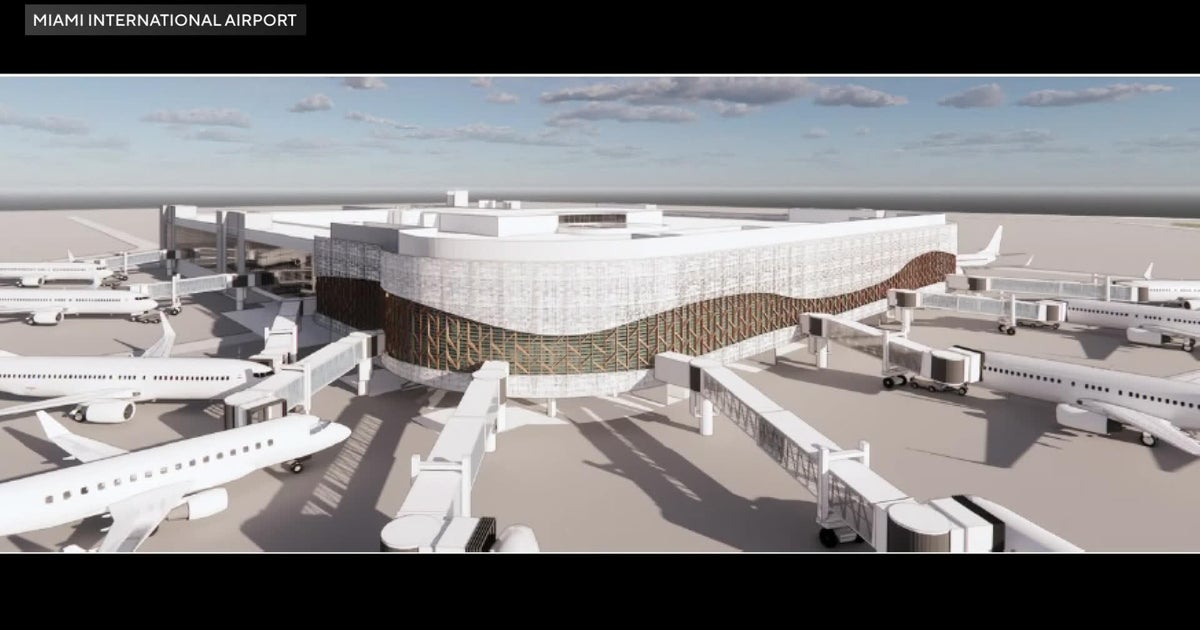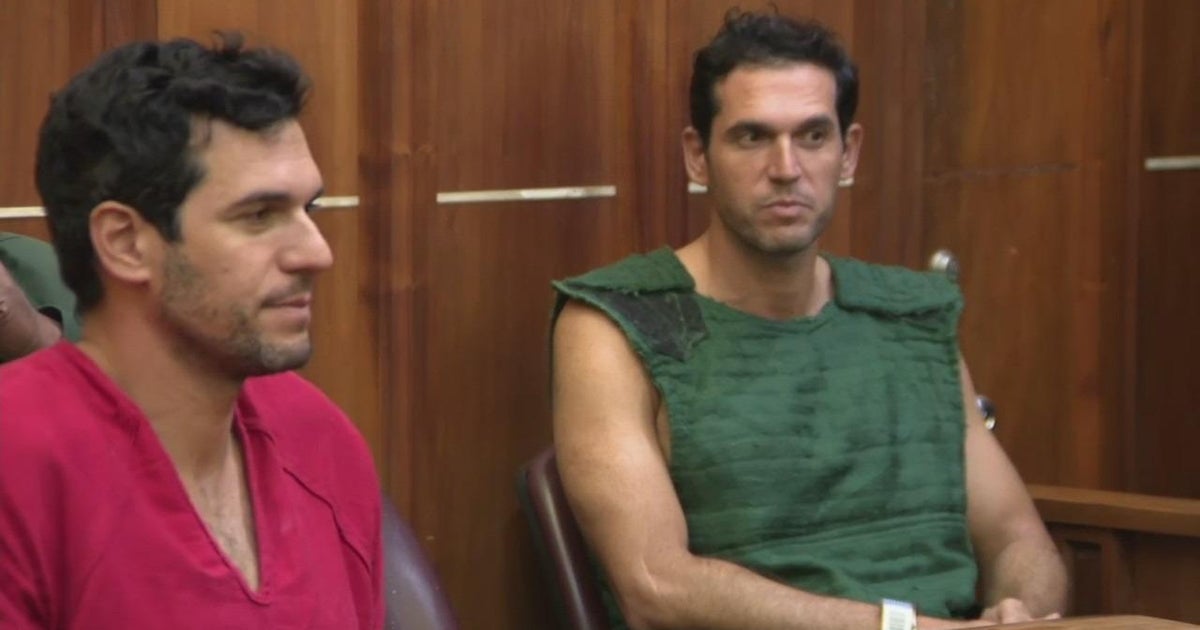Trek To Castro's Final Resting Spot Traces Revolution's Past
Follow CBSMIAMI.COM: Facebook | Twitter
HAVANA (CBSMiami/AP) — Fidel Castro's band of bearded rebels won power in 1959 and embarked on a victory tour from the eastern Cuban city of Santiago to Havana. On Wednesday, his ashes will make that same journey in a procession to his final resting spot.
The trip is fraught with symbolism as the island nation prepares to bury the only leader it has known in 57 years besides his younger brother, Raul Castro. The six-day Caravan of Freedom that Fidel Castro led in 1959 was among his most triumphant moments — a journey of more than 500 miles (800 kilometers) along rutted country roads. As Castro's remains are prepared for the return to Santiago, the state is rekindling images of a younger Castro whose legacy they vow to keep alive.
"Fidel will always be that restless youth and tireless revolutionary, who attacked the Moncada, arrived aboard the Granma yacht to forge the path to freedom, fought like a lion in the Sierra Maestra and crossed the country in the Caravan of Victory," proclaimed an article in Granma, the official Communist Party newspaper, a day after Castro's death.
The caravan carrying Castro's ashes will pass through a countryside dramatically different from the one he rode through more than five decades ago.
"It's a kind of symbolic closure to his rule," said William LeoGrande, an American University professor of Latin American politics. "The Castro era began with the triumph of the revolution and Fidel's march across the country. Now he's gone and they retrace that route, and the Cubans of this era have a chance to say goodbye."
Castro's victory march snaked from Santiago, where the revolution was launched, through rural towns and cities. For many Cubans, it was their first chance to get a glimpse of the man clad in olive green who seized power from dictator Fulgencio Batista's corrupt government. In cities such as Jiguani and Santa Rita, people lined the streets to greet the rebels passing by in jeeps.
Grainy black-and-white images of Castro waving to the crowds are some of the most enduring images of the revolution.
"Here were these young, bearded mythical revolutionaries, sort of messiah figures, descending from the mountains to liberate the people," said Richard Feinberg, a professor at the University of California, San Diego. "Fidel, a great master of theater, recognized the moment and he wanted to draw it out."
The tour was also an opportunity for Castro to articulate some of the revolution's guiding principles. Addressing a crowd at a plaza in the central city of Camaguey, Castro said that behind each joyous face he saw while walking the streets he wondered how many people had jobs and stable incomes, or a way to buy medicine if a sibling or child fell ill.
"I'm sure that behind the faces of those humble men and women, after the moment has passed and they return home, their minds return to the immense heap of worries each of them carries," he said.
The final caravan transporting Castro's ashes will pass through rural communities significantly changed by social and economic reforms he adopted. Many residents now have access to health care and education. But many of those towns are also in a prolonged economic collapse, the country's once dominant sugar industry decimated, the sugar mills and plantations gone.
Castro and his revolutionary government believed the island's reliance on sugar exports to the United States was the root of many of the country's ills but struggled to diversify the island's economy.
"A lot of these areas are probably poorer today than they were then," LeoGrande said.
The procession west begins Wednesday after two days of mourning in Havana, where thousands waited in lines for hours Monday to pay tribute before images of Castro as a young guerrilla displayed at the Plaza of the Revolution, the expansive square where he once delivered hours-long speeches. There and across Cuba people signed condolence books and an oath of loyalty to Castro's May 1, 2000, proclamation defining the Cuban revolution as an unending battle for socialism and national autonomy.
In state broadcast programs and Cuba's official newspapers, the government has urged Cubans to unite behind the socialist, single-party system installed by Castro but which has struggled to maintain the widespread fervor it gained more than five decades ago.
Hundreds of thousands are expected to line the streets as his ashes are transported over the course of three days to Santiago.
Some Cubans said the caravan symbolizes the island's continued loyalty to the revolution. Julexis Hernandez, a bank auditor, recalled watching yearly events commemorating Castro's jubilant march into Havana since she was a child.
"It has always been the caravan of victory," Hernandez said Monday as she and a colleague waited to pay respects at the public memorial site in Havana. "Now, it will be a caravan of sadness."
Others said Castro's final journey held no weight for them.
"For me, it doesn't symbolize anything," said house painter Alejandro Gomez Garcia. "He's already dead."
COMPLETE COVERAGE: THE DEATH & MEMORIAL OF FIDEL CASTRO
(TM and © Copyright 2016 CBS Radio Inc. and its relevant subsidiaries. CBS RADIO and EYE Logo TM and Copyright 2016 CBS Broadcasting Inc. Used under license. All Rights Reserved. This material may not be published, broadcast, rewritten, or redistributed. The Associated Press contributed to this report.)



